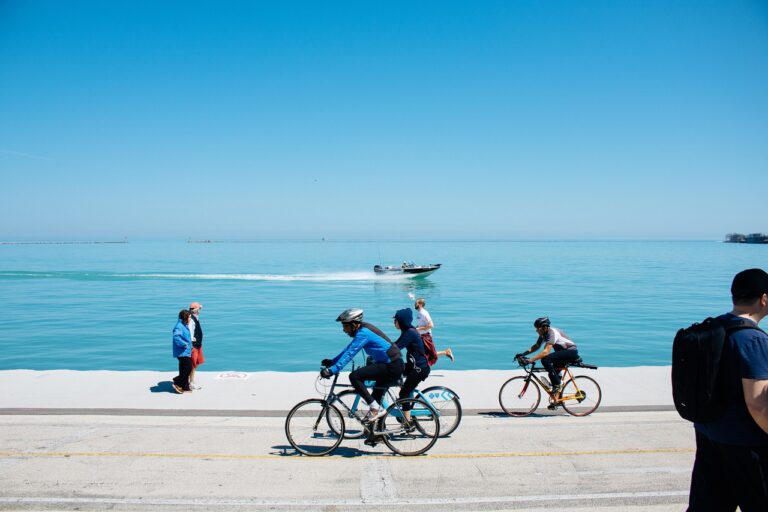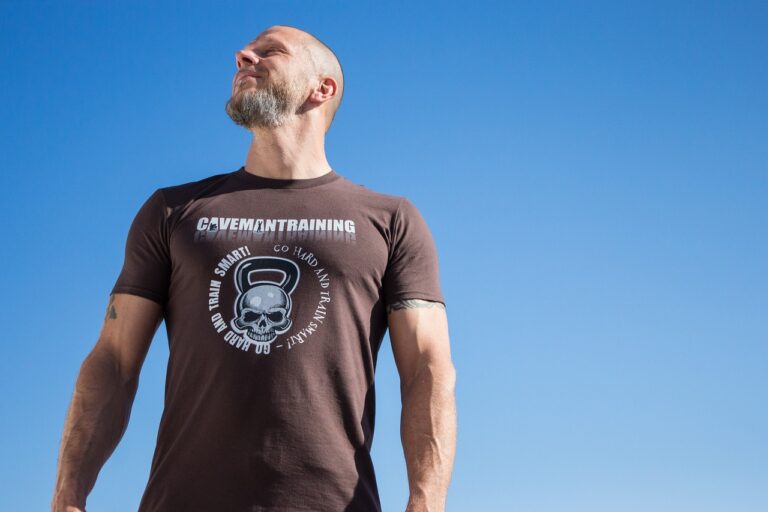The Role of Therapeutic Riding in Physical Rehabilitation
Therapeutic riding has shown promising results in aiding physical rehabilitation by engaging various muscle groups and promoting overall coordination. The act of riding a horse requires the rider to make constant adjustments in posture and muscle usage, ultimately contributing to improved balance and stability. This dynamic form of therapy can be particularly beneficial for individuals recovering from physical injuries or neurological conditions, as it provides a unique and engaging way to work on motor skills and strength.
In addition to enhancing balance and coordination, therapeutic riding can also help in improving muscle strength and endurance. The rhythmic motion of the horse’s gait is similar to the movement of walking, which can help strengthen core muscles and improve overall muscle tone. By engaging in therapeutic riding sessions on a regular basis, individuals can not only experience physical benefits but also enjoy the emotional and psychological benefits of connecting with such gentle and empathetic animals.
How Therapeutic Riding Improves Balance and Coordination
Therapeutic riding has been recognized as an effective intervention for improving balance and coordination in individuals with physical disabilities. The rhythmic motion of the horse stimulates the rider’s muscles and joints, helping to strengthen core stability and enhance proprioception. By engaging in various riding activities, such as turns, stops, and trotting, riders are able to work on their balance control and spatial awareness in a dynamic and engaging environment.
Furthermore, the relationship between the rider and the horse plays a crucial role in enhancing coordination skills. As riders learn to communicate with their horses through cues and body language, they develop a better sense of timing, rhythm, and synchronization. This unique bond promotes a sense of mutual trust and cooperation, which translates into improved coordination both on and off the horse.
The Impact of Therapeutic Riding on Muscle Strength and Endurance
Therapeutic riding has been shown to have a positive impact on muscle strength and endurance in individuals undergoing physical rehabilitation. The repetitive movements involved in horseback riding help to engage and strengthen muscles throughout the body, leading to improved overall muscle tone. This increased muscle strength can enhance the individual’s ability to perform daily tasks and may contribute to a faster recovery process.
In addition to building muscle strength, therapeutic riding also helps to improve endurance levels. The constant engagement of core muscles while riding can lead to improved stamina and cardiovascular health. Over time, participants may notice an increase in their endurance levels, allowing them to participate in activities for longer periods without fatigue. These benefits can be particularly significant for individuals recovering from injuries or dealing with physical disabilities.
How does therapeutic riding benefit physical rehabilitation?
Therapeutic riding can help improve muscle strength, balance, coordination, and endurance, making it an effective form of physical therapy for individuals with various disabilities or injuries.
How does therapeutic riding improve balance and coordination?
Therapeutic riding requires the rider to engage their core muscles and make constant adjustments to maintain balance while the horse is in motion. This helps improve balance, coordination, and proprioception.
What is the impact of therapeutic riding on muscle strength and endurance?
Therapeutic riding involves various exercises and movements that engage different muscle groups, leading to improved muscle strength and endurance over time. Riders may also experience increased muscle tone and flexibility.
Who can benefit from therapeutic riding?
Therapeutic riding can benefit individuals with physical disabilities, neurological conditions, developmental delays, and injuries. It can also be beneficial for individuals looking to improve their physical fitness and overall well-being.
How often should someone participate in therapeutic riding to see results?
The frequency of therapeutic riding sessions can vary depending on individual needs and goals. Generally, participating in regular sessions (e.g., once or twice a week) can lead to noticeable improvements in muscle strength, endurance, and overall physical function.







